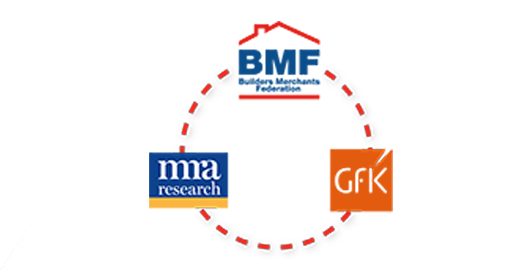West Fraser Comment: Q3 2021

While it’s been another quarter of unprecedented growth for timber, don’t expect demand to tail off anytime soon as this sustainable material can make a positive contribution to reducing the climate crisis.
With the COP26 discussions fresh in people’s minds, it’s a good time to reopen discussions on the UK construction industry’s impact on the planet. Net zero is the target we are all striving for, but should we strive to go further?
Over time, construction moved away from timber as a primary construction material, but a return to wood would be very beneficial for the planet. There is a strong movement from many architects to increase their use of wood, something we would welcome.
Carbon is sequestered within wood as it grows and this stays locked up for the lifetime of a timber product. Wood can be recycled too, which keeps the sequestered carbon locked up for even longer. Our particleboard products, for example, contain high ratios of post-consumer recycled wood.
As the main component of our products, a majority of our wood is homegrown to minimise carbon emissions from transportation, as well as protecting our supply chain.
Wood can be a carbon neutral building material, but why stop there? Norbords’ wood panelboards are carbon negative, which means that we lock up more carbon in our products than we emit in the end-to-end production and distribution of them.
Attaining net carbon negativity is a significant step and demonstrates our determination to be a market leader in sustainable, climate-friendly products. This approach also helps us save 1.18 million tonnes of CO2 per year.
Net carbon negative status benefits specifiers and users of our engineered wood panel products. When used in construction, these products can move a project’s carbon count in the right direction, helping companies meet their net zero targets, which is good for reputation, compliance and the planet.
For builders merchants looking to do their bit, encouraging the use of wood-based products contributes to the movement towards sustainable building and to reducing the impact of the construction process on our increasingly fragile climate.



